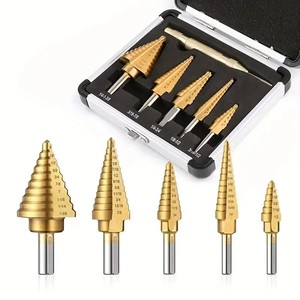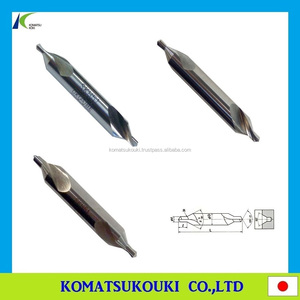Understanding Center HSS: The Versatile Structural Solution
Center Hollow Structural Sections (HSS) play a crucial role in modern engineering and construction projects. Known for their robust design and structural integrity, they are preferred materials in various applications, ranging from commercial buildings to infrastructure frameworks. Their unique attributes make them suitable for both aesthetic and functional purposes, ensuring that they meet the diverse needs of the construction sector.
Types of Center HSS and Their Characteristics
Center HSS comes in various shapes and sizes, each designed to cater to specific engineering requirements. Some of the most common types include:
- Square HSS: These sections are characterized by equal-length sides, providing uniform strength and stability. They are often used in frames and supports.
- Rectangular HSS: These feature varying lengths on different sides, allowing for more versatility in applications and designs, particularly in architectural structures.
- Circular HSS: Offering excellent distributed load characteristics, circular HSS is ideal for columns and round structures.
- Elliptical HSS: Known for their unique shape, elliptical sections are often chosen for aesthetic purposes in visible structures.
Key Features and Applications of Center HSS
Center HSS is distinguished by a myriad of features that enhance its applicability in various industries:
- Strength: With high strength-to-weight ratios, Center HSS can support significant loads, making them integral to structural stability.
- Versatility: The various shapes allow for creative designs while maintaining structural efficiency in diverse applications.
- Corrosion Resistance: Many Center HSS products undergo treatments that enhance their resistance to rust and deterioration, extending their lifespan.
- Easy Fabrication: Center HSS can be easily cut, welded, and modified, allowing for custom designs and adaptations.
Applications for Center HSS include:
- Construction of commercial and residential buildings
- Bridge and highway construction
- Support structures for signs and billboards
- Artistic and architectural installations
How to Choose the Right Center HSS for Your Project
Selecting the appropriate Center HSS involves careful consideration of multiple factors to ensure optimal performance and design alignment with project goals.
- Load Requirements: Assess the load-bearing needs of the structure to determine the appropriate type and size of HSS.
- Environmental Conditions: Consider factors such as exposure to moisture, chemicals, and temperature variations that may affect material choice.
- Design Specifications: Ensure that the HSS chosen aligns with aesthetic preferences and functional design requirements.
- Cost Considerations: Evaluate budget constraints while also factoring in long-term durability and performance benefits of higher-quality materials.
The Advantages of Using Center HSS in Construction
Center HSS offers numerous advantages that set them apart from other structural materials, making them a preferred choice in construction and engineering:
- Cost-Effectiveness: The durability and strength of Center HSS reduce the need for numerous supports, potentially lowering overall project costs.
- Reduced Material Waste: The capacity to utilize shorter lengths without compromising strength leads to reduced waste, promoting sustainability.
- Aesthetic Appeal: The clean lines and uniform shapes of HSS enhance the visual flow of modern architecture.
- Enhanced Performance: Their structural properties provide better load distribution and resistance to deformation compared to traditional materials.
Incorporating Center HSS into your design not only ensures structural integrity but also contributes to a visual statement reflective of contemporary architectural trends.

































































































































































